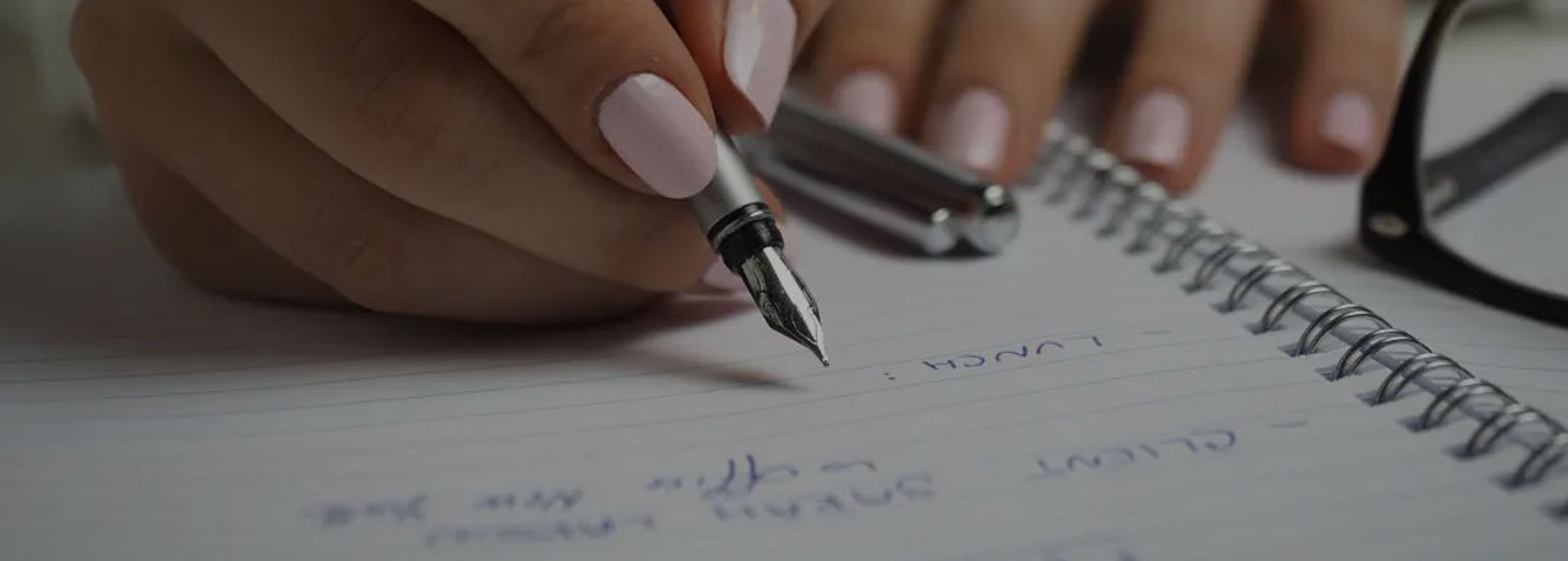Once everyone is done with their year-end reflection for the year that is ending, it is time to look ahead to the year that is about to start. Besides festive countdown parties, the iconic ball drop at Times Square in New York, fireworks, and champagne toasts, for many people welcoming in the New Year means creating New Year’s resolutions. This is because the beginning of the year offers a clean slate and the opportunity to start fresh. So what is behind resolutions and why are they so important?

The tradition of New Year’s resolutions dates back centuries, even before the emperor Julius Caesar introduced the Julian calendar and established January as the first day of the year in honor of the month’s namesake Janus. This mythical god of early Rome had two faces – one looking forward and one looking backward – which allowed him to look back on the past and forward to the future. As the Romans celebrated this newly-dated holiday, they made promises to this important god to be blessed in the year ahead.
Today, resolutions come in many forms. Some people make a promise to change a bad habit or begin a healthier lifestyle like quitting smoking and losing weight. Other people make a promise to develop a new habit like starting an exercise program, volunteering in their community, or being more diligent in protecting the environment.
At Life Solutions, we continue to deepen our understanding of water risks and scarcity and to share our knowledge with people across China.
(click the image to read more)
Studies find that the most common resolutions include to exercise more, lose weight, quit smoking, get organized, learn a new skill or hobby, and save more money. While these revolve around a personal or physical change, other resolutions are more reflective in nature such as living life to the fullest, being more grateful, and spending more time with family and friends. Still others have a broader focus like volunteering to help the less fortunate, which provides a more profound sense of purpose.
Life Solutions- “the earth’s health is our health”
(click the image to read more)
As people reflect at New Year’s and promise to make changes regarding how they treat themselves and the people around them, they also consider environmental-friendly resolutions this time of year. By vowing to cut back on waste by reducing, reusing, and recycling, they are improving the environment not only for themselves but everyone else around them. Some of the more common resolutions around protecting the environment include going paperless, starting a compost, conserving water and energy, banning styrofoam, and recycling paper and plastic.
Life Solutions partnered with Green Initiatives to learn about preserving the local environment.
(click the images to read more)
Despite the goal and the good intentions behind setting resolutions, people often struggle to stick to them throughout the year. There are many reasons for this with the most frequent being that the resolutions are too general, making them unmanageable and difficult to reach. To ensure resolutions do not fall by the wayside, people should make sure they are achievable, turn them into habits, and remember that they take time to accomplish.
To be successful with their New Year’s resolutions, experts advise people to start small, write themselves reminders, change behaviors and vary routines, track their progress, set rewards, and stay focused. Most importantly, they should remember that slip-ups happen, and when they do they should just get back on track.

New Year’s resolutions and promises people make for the new year are part of the holiday’s tradition. Regardless of what resolutions are committed to, the ultimate goal is to improve life in a meaningful way in the coming year.
Happy New Year!

Images credit:www.pexels.com
Reference: Internet







